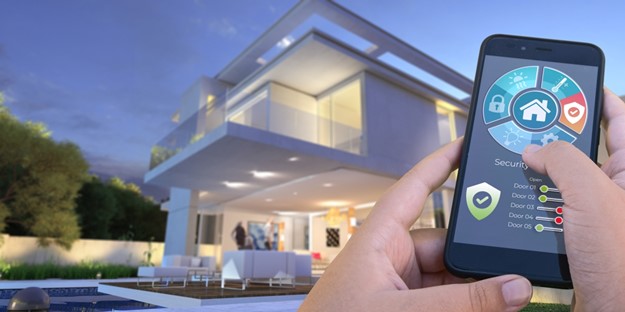In the dynamic realm of technological advancements, the integration of smart technology in modern buildings stands out as a transformative force in the world of architecture and urban development. This trend, often coined as the “smartification” of buildings, involves embedding advanced digital and technological systems into the infrastructure of buildings to enhance efficiency, comfort, and sustainability. Erik Brogan explains that this shift is redefining our interaction with our living and working environments, paving the way toward an innovative future.
Understanding Smart Building Technology
Smart building technology encompasses the use of interconnected and intelligent systems embedded within building structures. This technology focuses on automating and optimizing various building functions such as heating, ventilation, air conditioning (HVAC), lighting, security, and more. The overarching goal is to create an efficient, responsive, and sustainable environment.
Key Components of Smart Buildings
- Sensors and IoT Devices: At the core of smart buildings are sensors and Internet of Things (IoT) devices. Sensors monitor various parameters like temperature, humidity, and occupancy, while IoT devices facilitate communication and data sharing among different systems.
- Automation and Control Systems: These are designed to automate building functions using the data collected from sensors. For example, lights can be dimmed or turned off in unoccupied areas, or HVAC systems can be adjusted in real time based on occupancy levels and external weather conditions.
- Data Analytics: Smart buildings are data-rich environments. Advanced analytics process this data to provide insights into building operations, leading to informed decisions about energy management, predictive maintenance, and other operational aspects.
- Connectivity and Integration: Essential for the smooth operation of smart buildings, connectivity, and integration to ensure seamless communication between various systems and devices. This is often achieved through advanced, cloud-based platforms that integrate different functionalities for comprehensive building management.
Advantages of Smart Technology in Buildings
- Enhanced Energy Efficiency
Energy efficiency is a major benefit of smart buildings. Automated systems can adapt to real-time environmental conditions, thereby reducing unnecessary energy consumption. For instance, lights and HVAC systems can be adjusted automatically in response to occupancy or external weather conditions, significantly cutting down on energy usage .
- Improved Occupant Comfort and Productivity
Smart buildings prioritize the comfort and productivity of their occupants. The environment can adapt to individual needs, with personalized control over lighting, temperature, and air quality. This leads to a more comfortable working or living space, which can enhance overall productivity and well-being.
- Cost Savings and Economic Benefits
The efficient management of energy and resources in smart buildings translates to considerable cost savings. Lower energy bills and reduced operational costs are direct economic benefits for building owners and tenants. Additionally, the use of predictive maintenance can prevent costly repairs and prolong the lifespan of building systems.
- Sustainability and Environmental Impact
Smart buildings are instrumental in global sustainability efforts. By optimizing energy consumption and reducing waste, these buildings contribute significantly to reducing the overall carbon footprint. This aligns with global initiatives to address climate change and promote environmental responsibility.
- Enhanced Security and Safety
Smart technology significantly improves the security and safety of building occupants. Integrated security systems, which include automated locks, surveillance cameras, and emergency response mechanisms, offer a more robust and effective approach to building security.
- Futureproofing
The adaptability of smart buildings to new technological advancements is a crucial advantage. They can seamlessly incorporate new innovations, ensuring that they will remain efficient and relevant in the long run.
Challenges and Considerations
Despite the many benefits, integrating smart technology into buildings is not without its challenges. Initial investment costs can be significant, and the complexity of these systems requires skilled professionals for proper management and maintenance. Additionally, issues surrounding data privacy and cybersecurity need to be rigorously addressed.
Future Trends and Developments
The future of smart building technology is promising, with emerging trends focusing on greater integration of renewable energy sources, advanced AI and machine learning for building management, and the development of more intuitive user interfaces. The integration of smart grids and the concept of buildings as energy producers rather than mere consumers is also gaining traction. This evolution will further enhance the efficiency and sustainability of smart buildings.
The integration of smart technology in modern buildings is a pivotal development in our journey towards more efficient, comfortable, and sustainable living spaces. While the path is laden with challenges, the potential benefits are substantial. As we continue to innovate and improve these technologies, smart buildings will undoubtedly become a cornerstone of modern urban development, revolutionizing the way we interact with our built environments.
